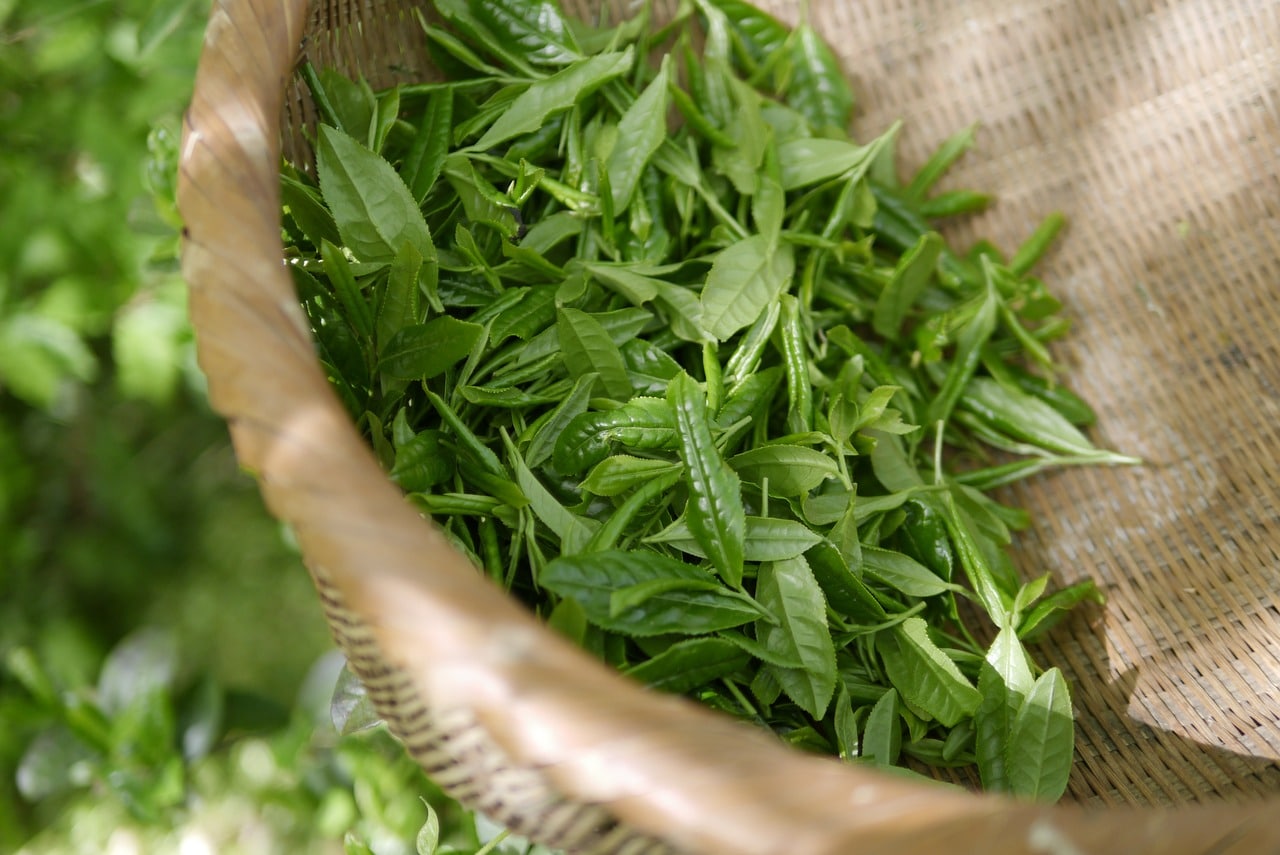
Does Green Tea Contain Lead?
A steaming cup of green tea often serves as a comforting companion, a health booster, and for many, an integral part of their daily routine. However, amidst all the praises sung about its health benefits, there’s a lingering question that can’t be ignored – does green tea contain lead? As aficionados of all things tea, it is our mission to delve into this issue and uncover the truth, bringing clarity to your tea-time moments.
The Reality of Lead in Green Tea
First things first, it’s essential to recognize that lead is a naturally occurring element in the Earth’s crust, and traces can find their way into many agricultural products, including tea. However, the presence of lead doesn’t immediately make your green tea toxic. The amount of lead in green tea leaves is usually insignificant and below levels considered harmful. Yet, certain factors such as the origin of the tea, the quality of soil, and the proximity to industrialized areas can influence these levels.
While it’s true that lead is a harmful substance and its consumption should be minimized, the presence of lead in green tea is usually in trace amounts and not typically a cause for alarm.
In most cases, the lead does not seep out into the tea during the brewing process. Studies have shown that only about 10-20% of the lead found in tea leaves will actually end up in the tea once it’s brewed. This means that the vast majority of any lead present stays in the leaves, and if you’re not consuming the leaves themselves, your exposure is likely minimal.
However, factors such as the origin of the tea leaves, farming practices, and the quality of the soil where the tea is grown can influence the lead content. Green teas grown in polluted environments or regions with poor agricultural regulations may contain higher levels of lead.
Consuming high amounts of lead over a long period of time can lead to lead poisoning, which can cause serious health problems. These problems can range from stomach issues to developmental problems in children and even to nerve disorders.
So, while the small amount of lead that could potentially be present in green tea is unlikely to cause harm, it is always a good idea to choose high-quality teas from reputable brands with good sourcing and farming practices.
The Role of Environment and Farming Practices
Understanding that the environment plays a significant role in the lead content of your green tea might seem like a complicated science lesson. However, it’s straightforward. Tea plants, much like other plants, absorb nutrients and other substances from the soil they grow in. If the soil is contaminated with lead, it’s possible for these elements to be absorbed by the tea plant and, consequently, find their way into your cup. This contamination can occur due to natural mineral deposits or from pollution resulting from industrial activities.
The Importance of Choosing High-Quality Green Tea
Your choice of green tea can greatly influence the lead content. High-quality green tea is often sourced from regions with strict agricultural regulations and from farms that prioritize clean and sustainable farming practices. These regulations help limit the level of lead and other potentially harmful substances in the tea. Therefore, it’s always best to do some homework about the brand and its sourcing practices before making a purchase.
The Brewing Process
Even if green tea leaves contain trace amounts of lead, the brewing process acts as a safety net. Studies have shown that only a small percentage of lead actually seeps into the water during brewing. In fact, brewing loose leaves for a shorter duration and discarding them afterward minimizes the ingestion of lead and other potential contaminants. So, an informed brewing process not only ensures the perfect taste but also a safer cup of tea.
Sip Without Fear
While the question “does green tea contain lead?” can initially seem alarming, a deeper understanding reveals that the risk is minimal, especially when you choose high-quality tea and brew it properly. Green tea continues to be a delightful and healthful beverage enjoyed by many around the world. As long as we stay informed about our choices, we can enjoy our favorite brews without concern. After all, tea time is all about relaxation and enjoyment – let’s keep it that way.
